Paula Deen’s favorite ingredient generally gets a bad rap thanks to its high levels of saturated fat. But butter-lovers all over the world can now rejoice at its comeback.
Mark Bittman, Op/Ed writer for the New York Times, emphasizes the enjoyment of butter in moderation. He explains that we don’t need to stay away from butter, we just need to learn the difference between the real stuff and the fake stuff.
Those of you watching your cholesterol or dairy intake can find butter alternatives here, but there’s no need to worry that butter will screw with your health (real dairy is good for you, we promise).
We know you’re overwhelmed by the vast majority of butters at the grocery store because we are, too. Here’s a breakdown for the most common types next time you’re stuck in the dairy section of the supermarket contemplating which butter to buy.
Note: Not all of the butters listed below are Bittman-approved. We put together a list of the most common butters and butter substitutes that you’ll find in the dairy aisle. For your convenience, we’ve marked which butters are real and which are fake.
1. Unsalted Butter or “Sweet Cream Butter” (Real)
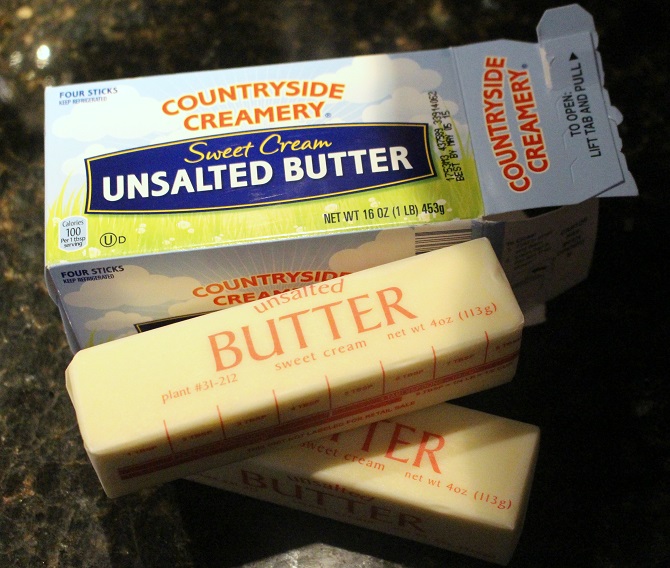
Photo by Kristin Arbutina
It’s probably your go-to, and for good reason. Containing around 80% milkfat, this butter is the most versatile in cooking from baking to sautéing.
2. Salted Butter (Real)
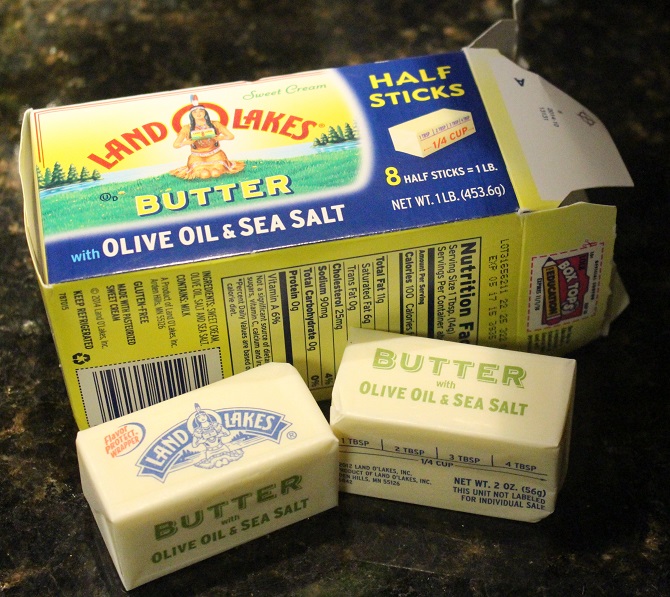
Photo by Kristin Arbutina
Salted butter may be used for baking, but most recipes call for the unsalted kind. One of the reasons behind the use of unsalted over salted butter is to able to readjust the seasonings in the recipe.
3. Whipped Butter (Real)
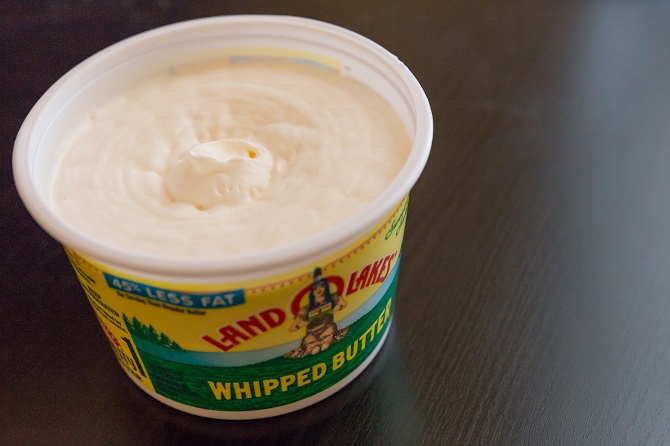
Photo by Sol Lee
Although this butter is not recommended for baking or cooking, it is best for spreading on toast or finishing dishes. Whipped butter has fewer calories than standard butter, as well as a fluffier and lighter texture.
4. European Style or “Cultured” Butter (Real)
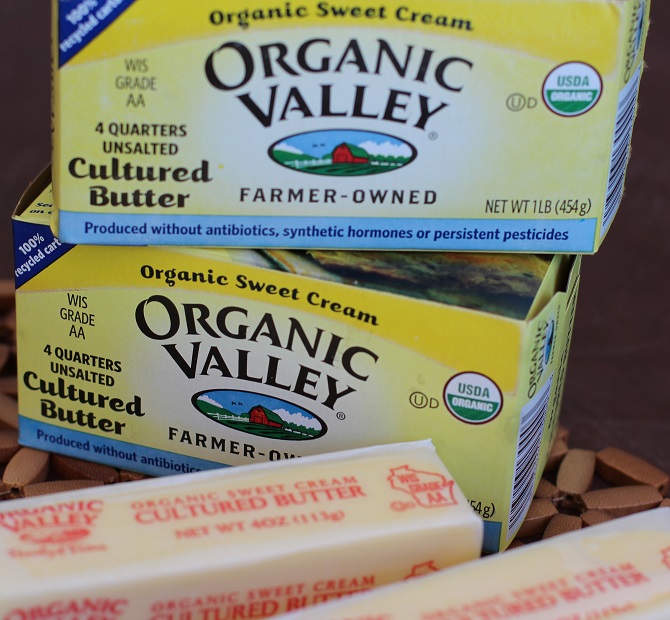
Photo courtesy of Queen Jeanne’s Cuisine
This stick contains more fat and less moisture than classic butter and is well-known for its production of flaky pastries (can you say croissants?). Cultured butter has a tangy flavor because it’s made from fermented (or “cultured”) cream. Like unsalted butter, this kind can be used for both baking and cooking.
5. Spreadable Butter (Sorta Real)
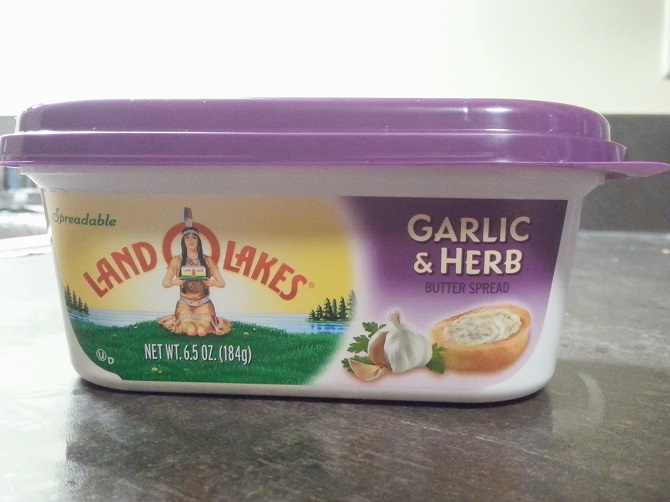
Photo by Jenny Park
This butter (e.g. Land O’Lakes and I Can’t Believe It’s Not Butter!) is generally lower in fat, saturated fat and calories than typical butter or margarine. The soft texture is due to the combination of butter and vegetable oil (or other flavorings and fillers), making it best for spreading. It comes in a variety of flavors but isn’t recommended for baking or cooking.
6. Butter-like Spread (Fake)
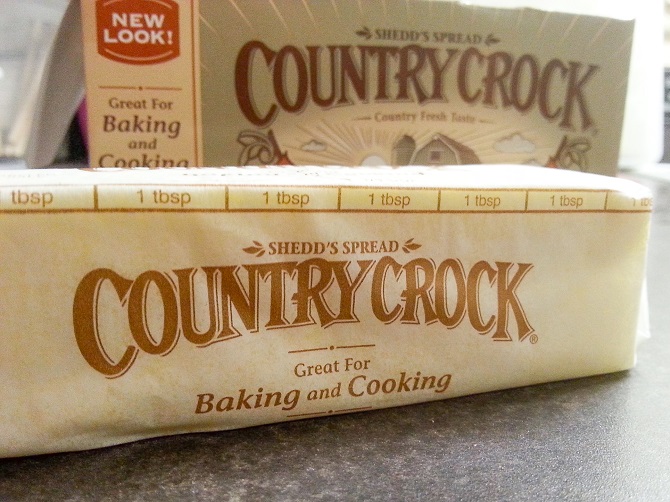
Photo by Jenny Park
These spreads have a soft texture but actually contain little to no real butter. Composed of mostly vegetable oils, the benefits of these spreads include fewer calories and low cholesterol. Make sure to check the labels because butter-like spreads with higher amounts of fat are best for baking. Those with less fat contain more water and will lead to tougher baked goods (ew).

